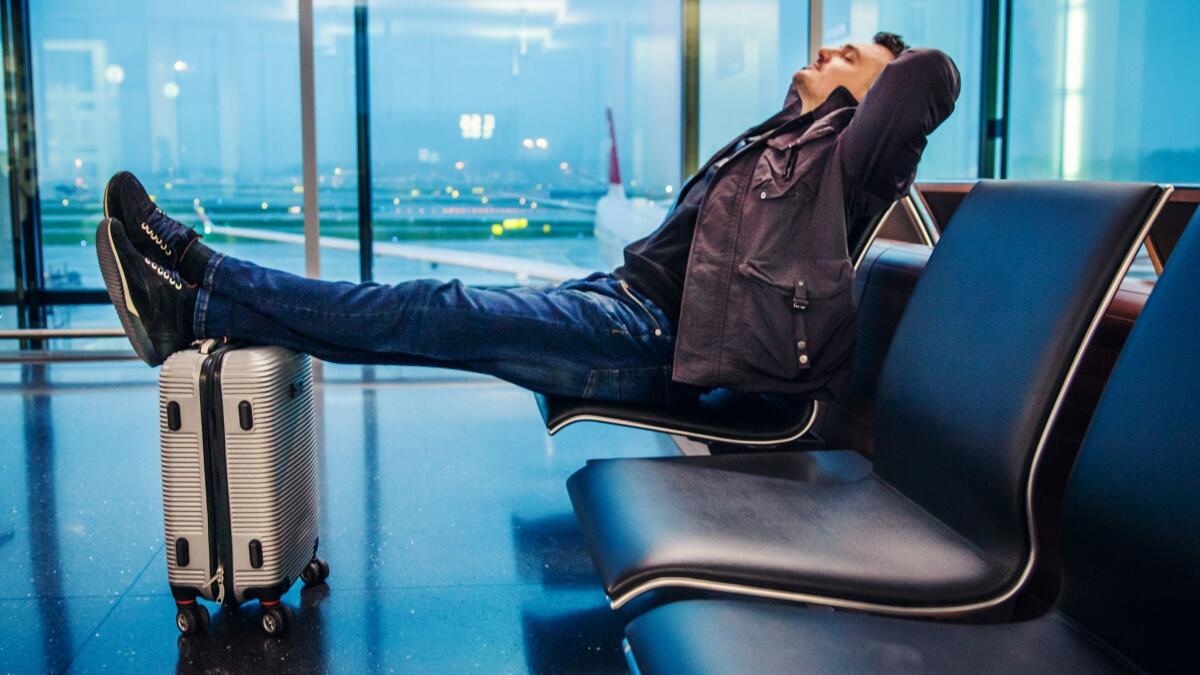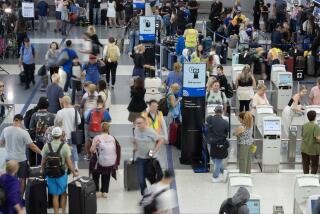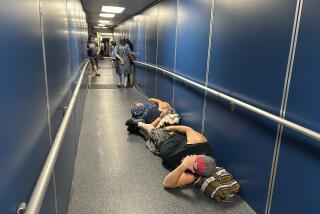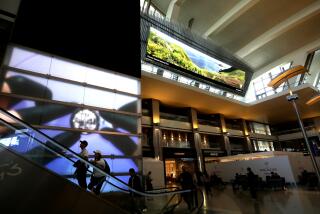Wonder why your flight is leaving late? The real wonder is that it’s leaving at all

Besides death and taxes, add “late flights” to the truisms of life. The first two platitudes usually are attributed to Benjamin Franklin. You can attribute the last one to me.
Having worked more than 30 years as a flight attendant, I’ve endured thousands of hours of flight delays. I’ve waited for hydraulic leaks to be repaired and for snow to be plowed off the runway. I’ve waited for lightning strikes to cease so baggage handlers could resume loading the aircraft without fearing for their lives. I’ve waited for a captain who showed up late because of traffic on Interstate 95. I’ve waited for police to board the aircraft and remove a disruptive passenger.
Like many veteran flight attendants, I’ve experienced virtually every type of flight delay. All that waiting has taught me an important lesson: Getting flights out on time isn’t easy; in fact, it takes something akin to a miracle.
Many moving parts
In 2018, North America’s largest carriers — Delta, Southwest, United and American — posted on-time performance numbers of 83.08%, 78.20%, 78.06% and 77.65%, respectively, according to the OAG Punctuality League report. The numbers aren’t as bad as they seem, considering all the moving parts necessary to get flights in and out on schedule.
First and perhaps most important, the aircraft needs to be positioned at the departure gate on time. Many flight departures are predicated on the arrival of an inbound aircraft that will then become your outbound aircraft. If you’re booked on a 3 p.m. flight from LAX to Chicago, for example, your aircraft will most likely be arriving from elsewhere.
That inbound plane may be scheduled to land at 1:30 p.m., just 90 minutes before your outbound flight is to depart. If your inbound flight is late, there’s a good chance your departure to Chicago will be delayed accordingly.
Even when an inbound aircraft lands as scheduled, it takes a herculean effort from a variety of airline personnel to get your flight out on time.
Think about cargo and checked baggage. Each flight has tons of it. As soon as the inbound pulls up to the arrival gate, a team of baggage handlers descends on the aircraft like bees on a honeycomb.
The speed at which the team moves is directly correlated to the weather. Extreme cold or heat, rain, snow, ice, high winds and lightning strikes (which force the ramp area to temporarily shut down) can lengthen loading times and create flight delays.
As cargo and passenger bags are offloaded, cabin service personnel swarm the aircraft to clean, often starting in the business-class cabin before main-cabin passengers have disembarked. Cabin service employees vacuum, remove trash stuffed in the seat-back pockets and tossed on the floor, and clean and restock the lavatories.
At some point, a catering truck pulls up to the aircraft. At least, the catering truck tries to pull up to the aircraft. Often, baggage carts and other equipment block access. The catering truck, packed with meals, snacks and beverages to be consumed aboard the aircraft, must wait until baggage handlers finish unloading.
The clock keeps ticking.
The aircraft must be fueled. Human waste is removed from the lavatories using a long hose attached to the aircraft disposal port and connected to a waste disposal truck. The baggage handlers haul away the inbound cargo and baggage and return minutes later with outbound cargo and baggage.
While this is happening, the pilots and flight attendants arrive. If one of my flight attendant colleagues fails to show up, the crew scheduling department will summon a reserve from a pool of standbys waiting in the airport operations area.
If one of the pilots fails to make the flight, you can kiss an on-time departure goodbye. Most airlines do not require reserve pilots to serve on standby at the airport because the costs would be too great. If a pilot gets sick an hour or so before your 3 p.m. flight to Chicago, crew scheduling will call a replacement pilot who is allowed a couple of hours or more (depending on the airline) to report.
Meanwhile, the boarding process begins. It can take 30 to 40 minutes for the 300 or so passengers to board a Boeing 777-300. If there are seat assignment issues or a flight attendant gets bitten by a passenger’s dog (yes, it has happened), the flight may be delayed.
One of the most aggravating delays: a passenger who checks his or her bag at the ticket counter and fails to board the aircraft. Federal Aviation Administration security protocols require airlines to remove checked baggage, a time-consuming process. When the captain announces the reason for the delay, passengers often glare at the flight attendants, who rarely, if ever, are the culprits.
Once boarding is complete, the crew is present and accounted for and any unaccompanied bags have been removed, the plane pushes back from the gate.
End of story? No. Murphy’s Law is always in play.
While taxiing to the runway, other things can go south. Weather may turn ugly, wreaking havoc on airline operations. An aircraft maintenance issue can force the plane to return to the gate. Air traffic control can issue a departure hold because of traffic congestion. If dispatch fails to forward weight and balance numbers (the gross weight of cargo and the relative positions at which that cargo is distributed throughout the aircraft), the plane will have to wait on the taxiway until pilots receive and confirm that data.
Considering all the things that can and do happen to a commercial flight, it’s no small feat that any carrier, never mind North America’s four largest, takes off or lands on schedule at least three-quarters of the time.
And, frustrated fliers, I feel your pain. After all, I’m the one you yell at when your flight gets delayed.
More to Read
Sign up for The Wild
We’ll help you find the best places to hike, bike and run, as well as the perfect silent spots for meditation and yoga.
You may occasionally receive promotional content from the Los Angeles Times.






